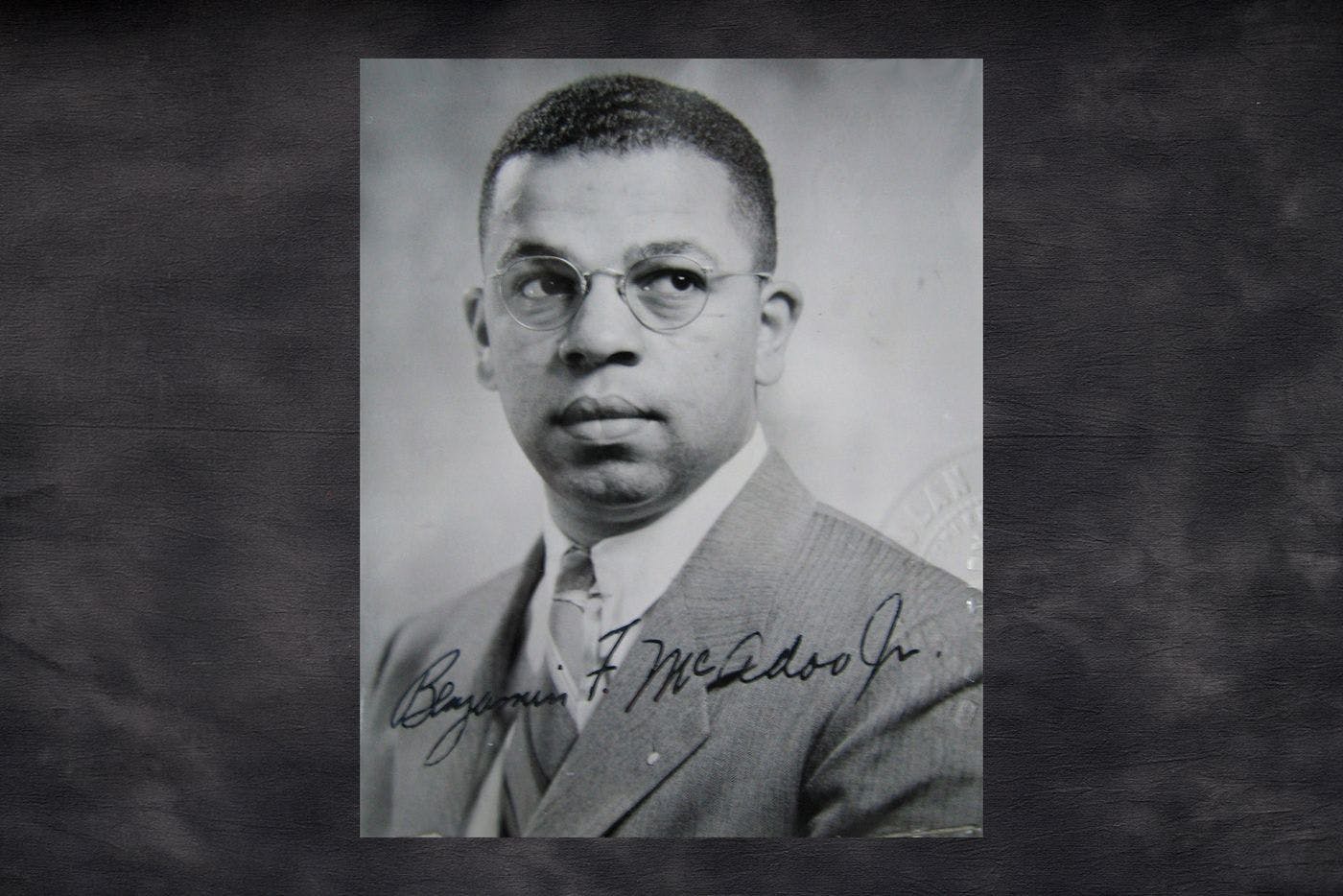
Benjamin F. McAdoo Jr.
The first Black architect in Washington changed Seattle’s cityscape, pairing sleek modern buildings with a civic-minded approach.
One of the few Black women in her field, the Seattle architect is working to build projects that honor the diversity of Black life in the city.
by Kemi Adeyemi / June 1, 2022
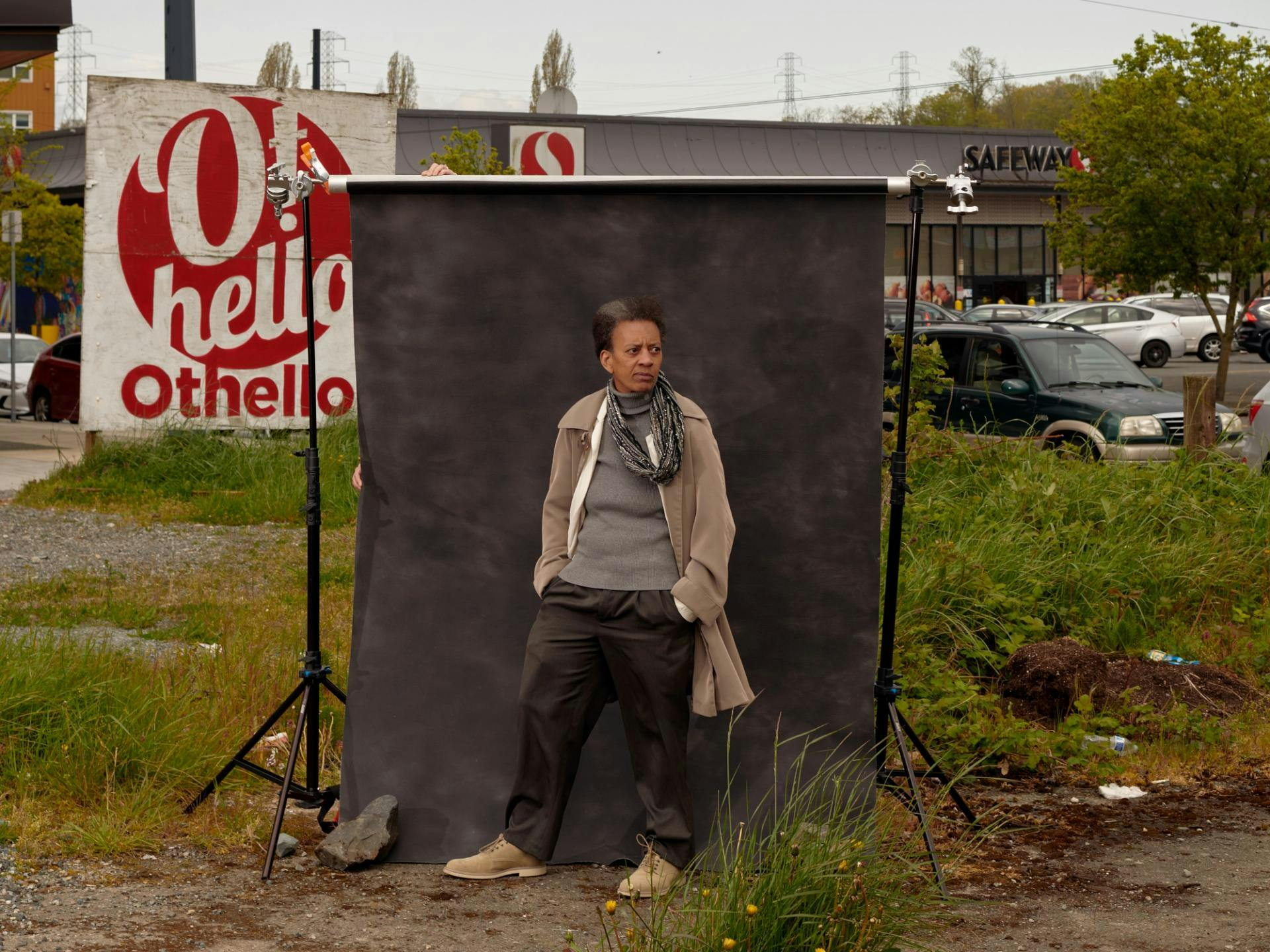
Laurie Allison Wilson is in rare company. She is currently one of just over 500 Black women architects in the United States. While the number of women architects is growing every year, the number of Black architects of any gender remains quite low. In 2020, two architectural associations (the National Council of Architectural Registration Boards and the American Institute of Architects) reported that Black people make up less than 2% of the profession.
Wilson has spent three decades charting her own path through this predominantly white field. One of the first Black women to become a licensed architect in Washington state, she established and ran her own firm in Seattle from 1998 to 2010 and eventually joined local firm Weber Thompson, where she is an associate and a project manager specializing in affordable housing. A recent project, a mixed-use workforce housing development and non-profit hub at Othello Square, is slated to start construction mid-2023.
For much of her career, she has developed culturally responsive architecture — including her work as a consultant on the Africatown Plaza project in the Central District, which broke ground at 23rd Avenue and Spring Street in February 2022.
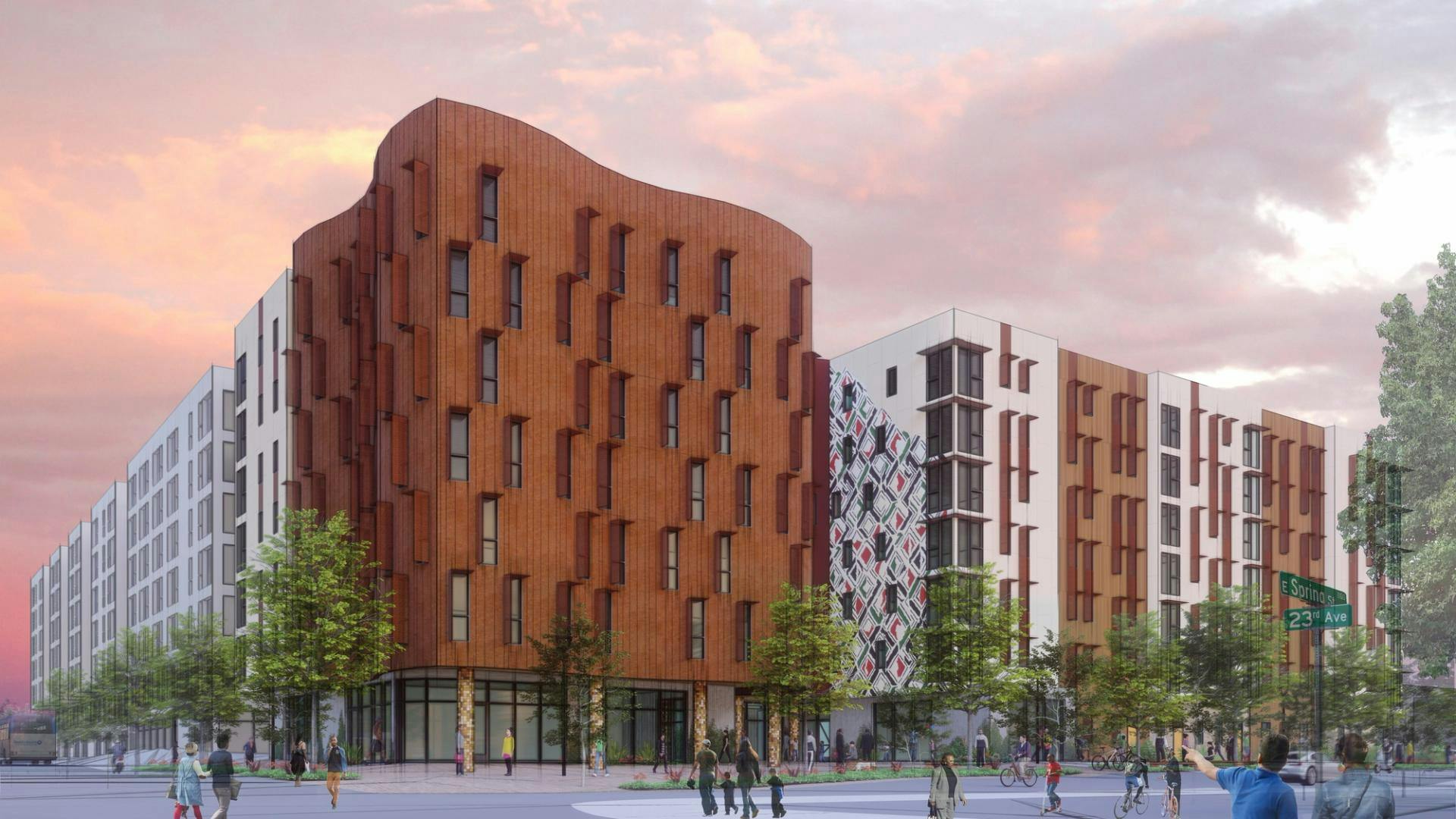
“My predominant interest in design and architecture is very specific to the African American community,” she says. “How do we reflect African American culture? What are the differences between African American culture and European culture, and how does that express itself in architecture?”
Wilson began exploring architectural questions early. Her father — among the tiny contingent of Black architects in the 1960s, and also a photographer — passed away when she was 7, leaving a pile of sketchbooks behind. “What inspired me [were] … all these really wonderful sketches,” she recalls. She developed a strong interest in art and drawing, and carried it with her when, as a teenager, she moved with her mother and brother from Brooklyn to Seattle.
They arrived in the Mount Baker neighborhood in the late 1970s, just in time for Wilson to participate in the NAACP’s newly formed Afro-Academic, Cultural, Technological and Scientific Olympics, or ACT-SO, a mentorship program dedicated to cultivating academic and cultural achievement in high school students. Paired with architect Mel Streeter, a longtime pillar of Seattle’s Black community (who founded his own firm in 1967), Wilson went on to win ACT-SO’s national architecture competition twice, when she was a junior and a senior in high school. “I was actually in Jet magazine,” she recalls, still a bit starstruck. “They showed all of us that won that year on a back page,” she says. And on the cover? “The Jeffersons!”
Though she felt nurtured in these early years as a budding Black architect in Seattle, when she went to Cornell University to earn her architecture degree (which she did in 1985), she discovered the many challenges of working in a field steeped in Eurocentric ideals.
“I am an example of an architect who went to school and there was no exposure to African architecture whatsoever,” she says. “It's all European architecture. A tiny, tiny little bit on Japanese architecture … [but] a lot of cultures were missing.” She lists the important design histories strikingly absent from her education: Native American, African, Asian, Aboriginal.
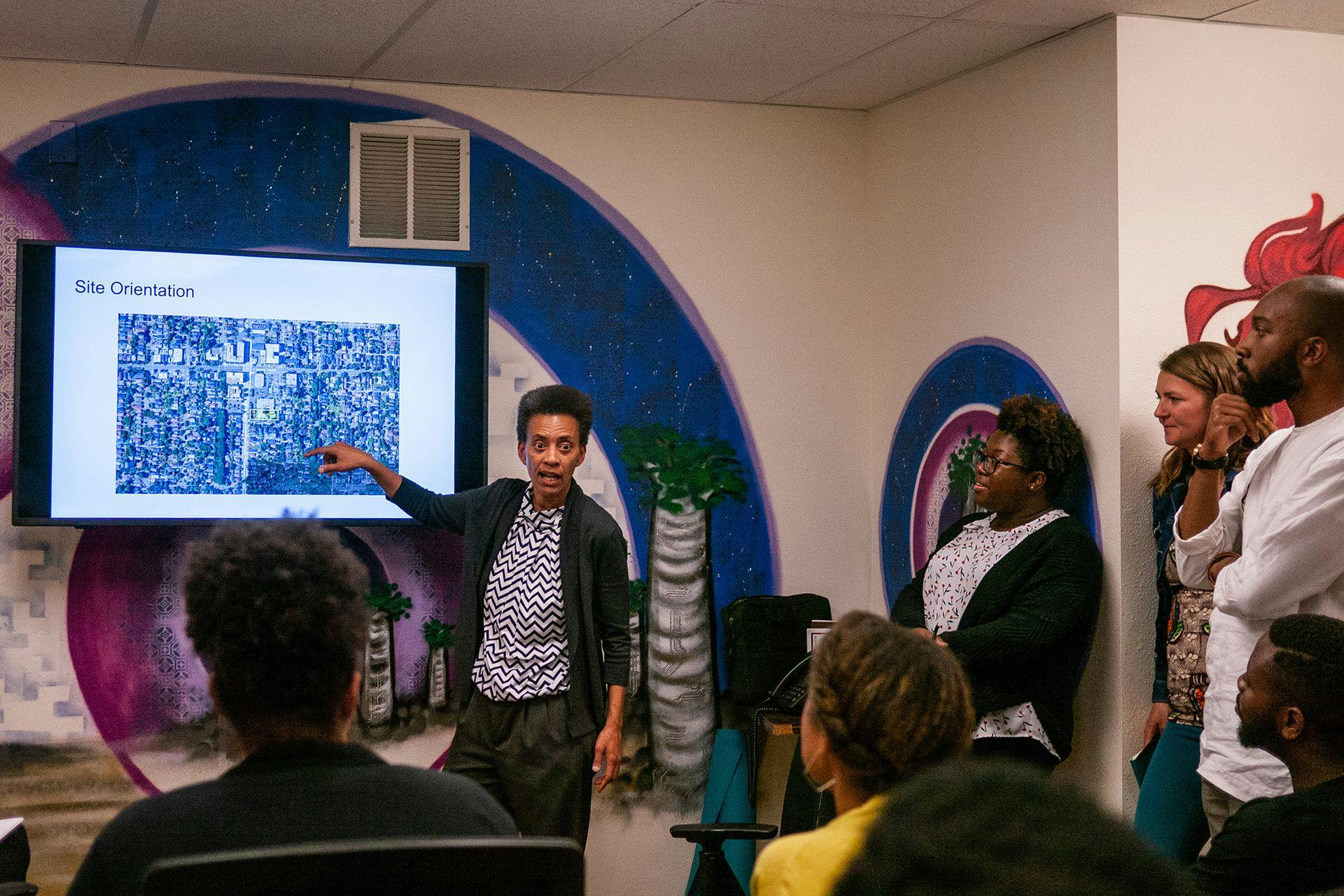
“Like a lot of Black architects in the city — Donald King would be another example,” she says, “I started really having to research African architecture on my own, and looking at how that tied in to Seattle’s African American culture.” Her studies included the architecture of the Dogon people in Mali and the Great Zimbabwe ruins in Zimbabwe.
But the Eurocentrism of architecture was amplified as she began her professional career in Seattle in the 1980s, when the city was in the throes of postmodernism. This design era embraced idiosyncratic mashups of shapes, angles, colors, materials and time periods, which led to sometimes playful buildings and sometimes, she says, unpleasant ones. “I sometimes joke that I came out in what I call the death period of architecture in Seattle,” she says.
This timing coincided with a shift in Seattle industry, which greatly affected the city’s Black population. Throughout the 1980s and ’90s, Seattle disinvested from the manufacturing sector — a significant employer of Black workers — and courted high-tech, finance and the corporate retail industry instead. Changes in job security were accompanied by changes in real estate practices, with developers offering Black homeowners quick cash for modest homes — properties that were replaced with pricey apartments and condos.
A 2013 study by University of Washington demographer Richard Morrill calculated that Black homeownership in the Central District fell from 48% in 1970 to just 20% in 2010. Current estimates place the neighborhood’s total Black population at about 15% — a startling drop from 75% Black residents in 1970. The skyrocketing cost of living in Seattle has contributed to the ongoing displacement of the Central District’s historically Black population and has made the neighborhood all but unrecognizable to some.
This bleak reality shaped Wilson’s work in the early design stages of the Africatown Plaza development. Located next door to the new Midtown Square development, where artists including Barry Johnson, Henry Jackson-Spieker and Takiyah Ward contributed public works, the seven-story, mixed-use building will contain approximately 130 units of affordable rental apartments, as well as commercial space and public art. The development aims to offset the displacement of Black people and businesses from the Central District.
At the Imagine Africatown Design Weekend kickoff in 2019, Wilson shared plans for a building that boasted curves instead of hard angles, warm earth tones over stark white and greige. “The goal was to create an iconic building that doesn’t look like the typical building you see in Seattle,” she said at the event.
The project was designed with community input, which gave Wilson the opportunity to explore Black Seattle’s evolving relationship to Afrocentric architecture and design. The late 1980s and early 1990s saw a rise in Afrocentric cultural expression, as African Americans incorporated colors (e.g. green, red and black), patterns and objects (such as kente cloth) and rituals (like Kwanzaa) that referenced African cultures. But, Wilson explains, “Not all of us relate to Africa in the same way.”
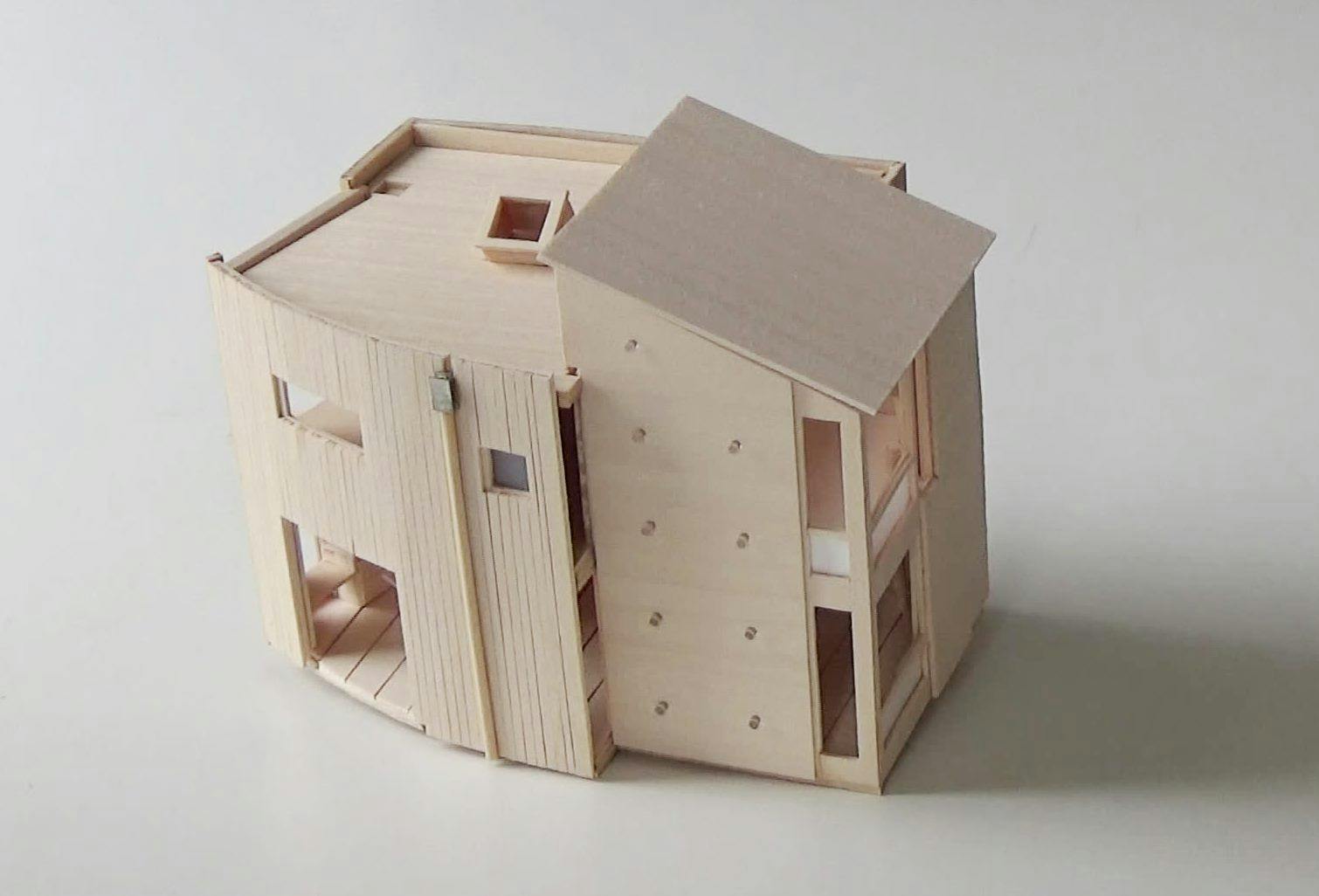
Over the years, she has seen the conversation shift away from a blanket incorporation of Afrocentric design elements. “There's concerns within the African community about co-opting by African Americans — which is valid,” Wilson says. “So there's a little more conservativeness on what Afrocentric or Afrofuturist expression could be, less openness to showing an African-like pattern.”
Wilson is continually working to honor the diversity of the region’s Black community, which includes tens of thousands of East African immigrants, by focusing on how different groups use space to connect with one another. She is particularly interested in how Black people’s unique relationships to community — forged amidst displacement — gives rise to a specific desire to commune with art, culture and history.
“One thing I have noticed that people are responding well to right now is this notion of Afrofuturism that occurs a lot in literature,” she says. And while it might look fantastic in movies like Black Panther, she concedes, “It's been a little hard to pull off in architecture. We have to deal with planners and building departments, and it doesn't translate well.”
But that doesn’t mean aspects of Afrofuturism can’t be incorporated. “Within the community, people are very excited about this notion that there's this trajectory — an eye on the past, looking at what's going on in the present, at who all the heroes are in the present.” Once again, she is inspired to ask an intriguing architectural question: “How can you honor heroes in a building through art?”
Black Arts Legacies Project Editor
Thanks to our Sponsors
Your support helps Crosscut create projects like Black Arts Legacies. Learn how you can help with a one-time donation or recurring membership.
Support Crosscut